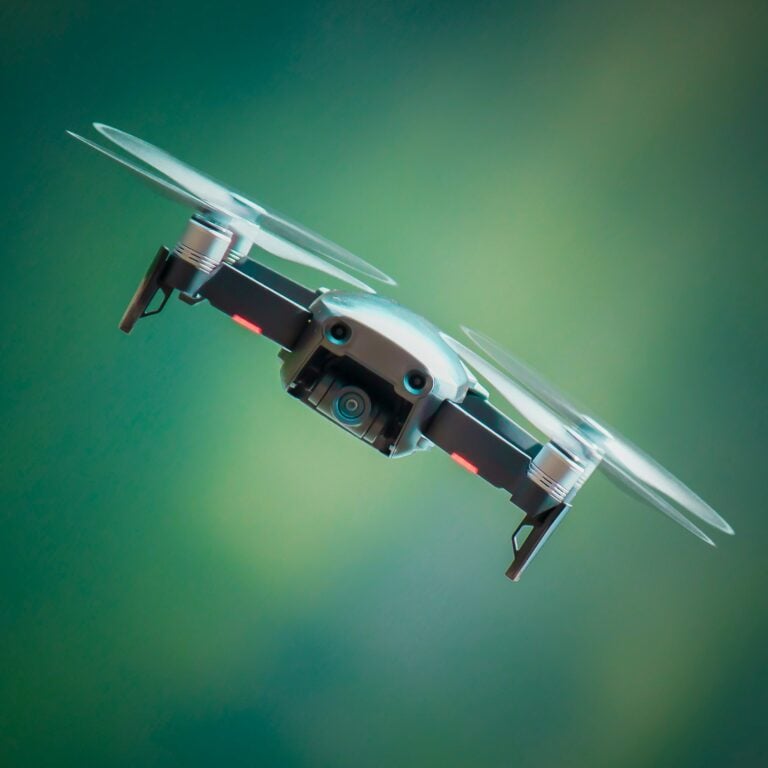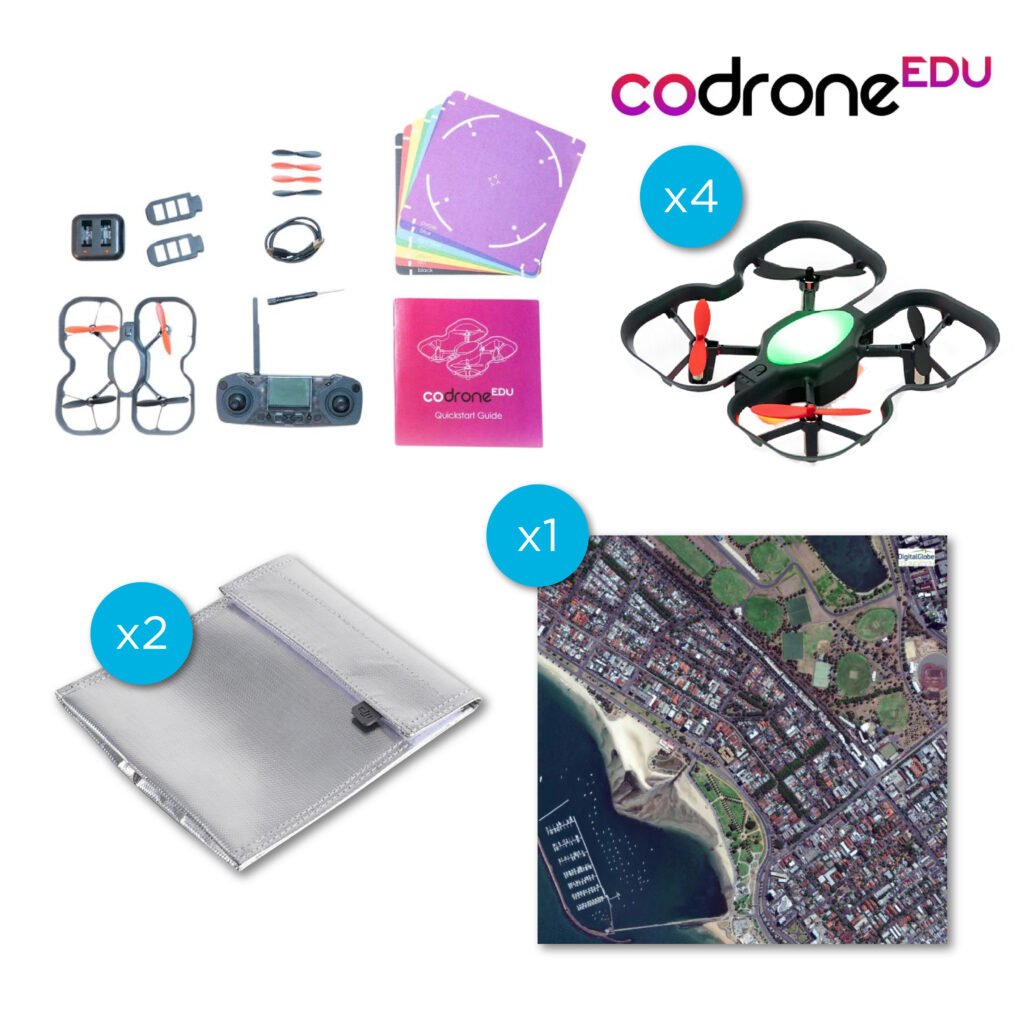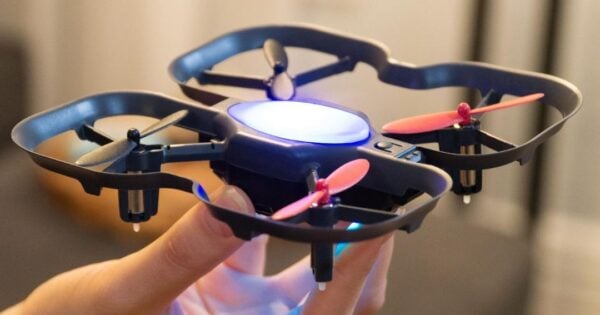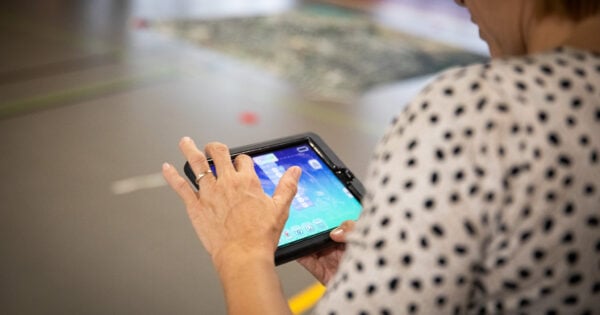Drones have become valuable tools in educational settings, offering students hands-on experiences with emerging technology. However, flying drones in schools comes with responsibilities, and understanding the regulations is crucial. In this blog, we’ll explore the rules governing drone usage for sub 2kg drones in Australian schools for educational purposes, this does not include microdrones.
Complying with CASA Regulations: Flying for Fun
The Civil Aviation Safety Authority (CASA) oversees drone operations in Australia. Schools must adhere to CASA regulations. When flying drones in schools, CASA defines it as “flying for fun”. You and your students can operate a drone or model aircraft weighing up to 7 kg without having a licence, operator accreditation, or drone registration.
Take a look at CASA’s website, Drones in schools
1. Understand drone safety rules
Are you up to date with the latest drone regulations?
- The drone is in line of sight at all times
- The maximum height you can fly is 120m
- Drones must be kept 30m away from people at all times
- Drone must be operated in a safe and responsible manner
To find out more visit https://www.casa.gov.au/drones/drone-rules/drones-school
2. No-Fly Zones: airports, helipads etc
Identify and respect no-fly zones, which may include airports, military bases, and other restricted areas. Schools should be aware of their proximity to such zones and plan drone activities accordingly. If you have identified your school grounds as a potential flight area, take a look at the drone safety apps that CASA provides. If you are within exclusion zones, you will have to organise excursions to go and fly in approved areas.
If you want to fly more regularly, then consider purchasing microdrones that can be flown indoors, removing the need to consider no fly zones, weather conditions, and proximity to other classes.
Take a look at She Maps class kits
Find out more about flying microdrones indoors: https://shemaps.com/blog/can-i-fly-my-drone-indoors/
3. Privacy considerations:
Drones equipped with cameras can inadvertently capture images or videos of students and staff, potentially violating their privacy rights. Schools must navigate these challenges by implementing strict guidelines and obtaining necessary permissions before any drone activity.
Educators should take all necessary steps to identify that drones are used responsibly, respecting the privacy of individuals and adhering to local regulations Balancing educational benefits with privacy considerations is crucial to fostering a safe and respectful learning environment.
4. Permission from authorities:
Before initiating drone programs, seek permission from the relevant authorities. This may involve notifying local aviation authorities and obtaining approval for specific activities, especially if you intend to fly drones while out on excursions and camps.
To operate a drone in specific areas or under particular conditions, you need to obtain additional authorisations. Only chief remote pilots who hold a Remotely Piloted Aircraft Operator’s Certificate (ReOC) are eligible to apply for these permissions.
Regulations for commercial purposes
A Remotely Piloted Aircraft Operator’s Certificate (ReOC) is an official certification issued by aviation authorities, such as the Civil Aviation Safety Authority (CASA) in Australia. It allows organisations to legally operate drones for commercial purposes. To obtain a ReOC, an organisation must demonstrate that they have the necessary procedures, training, and safety measures in place to operate drones responsibly and safely. This includes having a chief remote pilot who oversees all drone operations and ensures compliance with regulations.

Other safety points to consider:
- Create a risk assessment suitable for the drone program you are implementing. Identifying the risk of potential harm to the school, staff and students
- Read up on the latest information from your state’s Department of Education. Just because CASA says you can do it, does not mean your school has permission to fly. Check education policies before purchasing drones to make sure your students can fly.
- Make sure that you and your students follow the local and state laws around flying drones in the community
- Public and private land requirements also need to be identified
Note: CASA regulations are subject to change.








